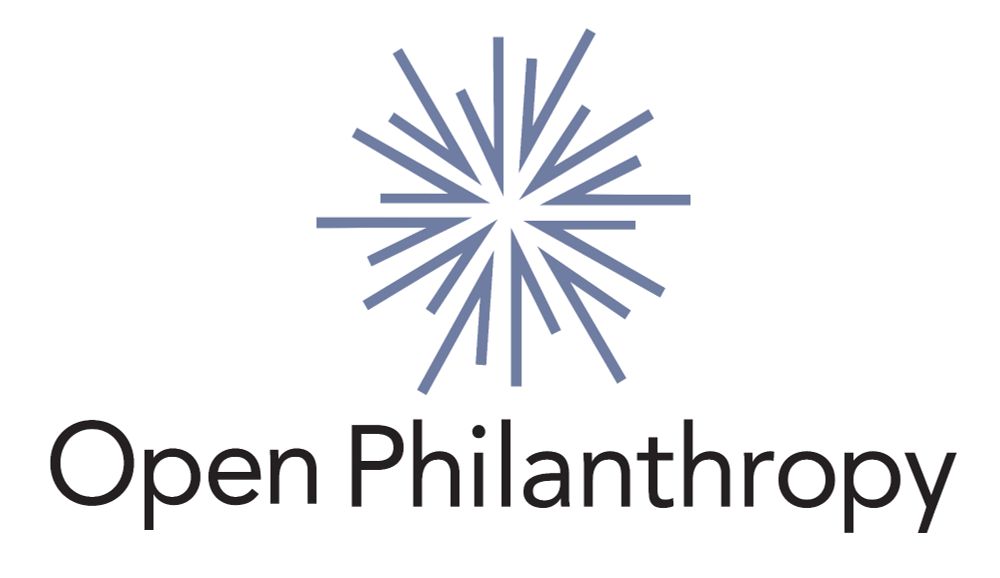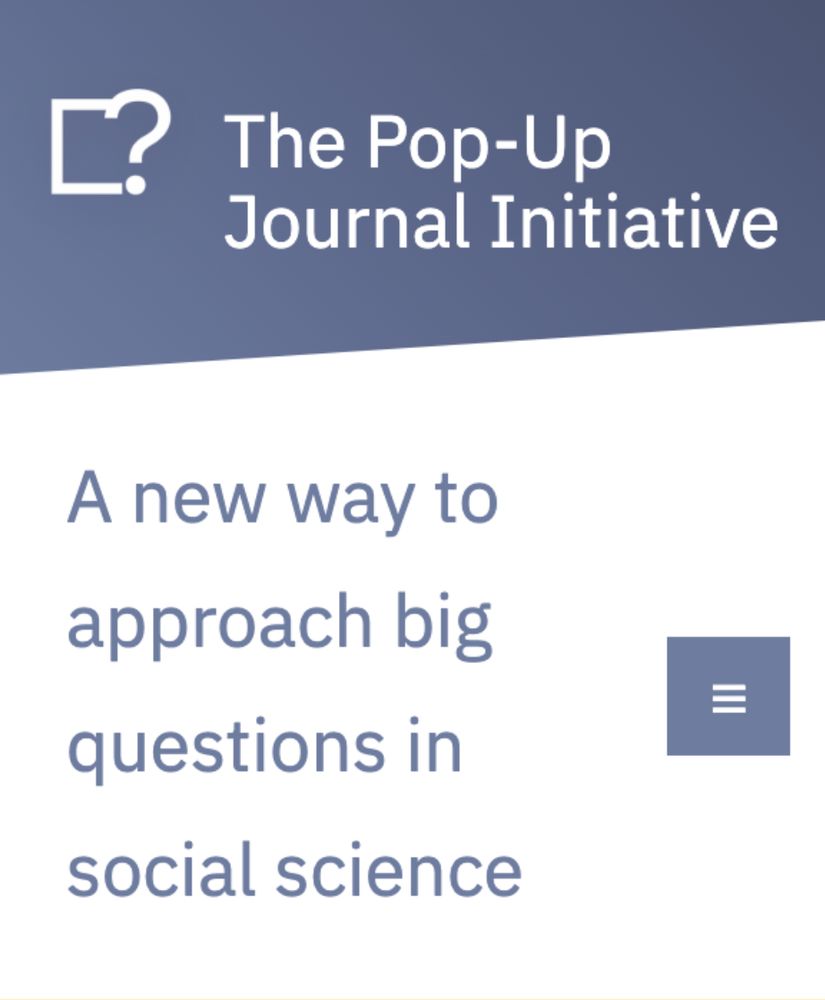Matt Clancy
@mattsclancy.bsky.social
4.4K followers
490 following
280 posts
Runs Open Philanthropy’s Innovation Policy program. Creator of newthingsunderthesun.com, a living literature review about innovation. Website: mattsclancy.com.
Posts
Media
Videos
Starter Packs
Pinned
Reposted by Matt Clancy
Reposted by Matt Clancy
Reposted by Matt Clancy
Reposted by Matt Clancy
Otis Reid
@otisreid.bsky.social
· Jul 27
Matt Clancy
@mattsclancy.bsky.social
· Jul 9

Announcing Our New $120M Abundance And Growth Fund | Open Philanthropy
We are excited to announce the launch of our new Abundance and Growth Fund, which will spend at least $120 million over the next three years to accelerate economic growth and boost scientific and tech...
www.openphilanthropy.org
Reposted by Matt Clancy
Matt Clancy
@mattsclancy.bsky.social
· Jul 9

Senior Program Associate/Program Officer, Abundance and Growth (Specialist Track)
Open Philanthropy is looking to hire up to four new team members to join our Abundance and Growth https://www.openphilanthropy.org/focus/abundance-and-growth/#:~:text=This%20fund%20supports%20efforts%...
shorturl.at
Matt Clancy
@mattsclancy.bsky.social
· Jul 9
Matt Clancy
@mattsclancy.bsky.social
· Jul 9

Announcing Our New $120M Abundance And Growth Fund | Open Philanthropy
We are excited to announce the launch of our new Abundance and Growth Fund, which will spend at least $120 million over the next three years to accelerate economic growth and boost scientific and tech...
www.openphilanthropy.org
Reposted by Matt Clancy
Reposted by Matt Clancy
Reposted by Matt Clancy
Reposted by Matt Clancy







